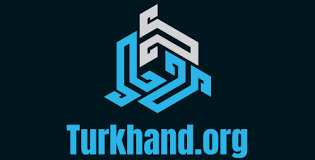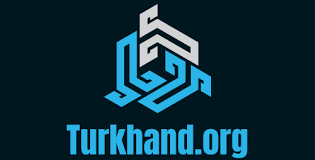As this technology spreads, questions of authenticity and originality have emerged. Enter the KI detector, a tool designed to reveal whether a piece of content was written by a human hand or generated by artificial intelligence.
Interestingly, the term “KI” originates from the German phrase Künstliche Intelligenz, which translates to artificial intelligence. In practice, a KI detector is the same as an AI detector—a digital system that identifies the fingerprints of machine-generated work.
What is a KI Detector?
At its core, a KI detector is software that scans text, images, or other digital outputs and determines the likelihood of them being created by artificial intelligence. It does this by analyzing language patterns, sentence structures, predictability of word choice, and even stylistic cues.
For example, a human writer might weave in humor, unexpected phrasing, or personal stories. In contrast, an AI system often relies on polished but predictable structures. The KI detector highlights these differences to help users make informed decisions about content authenticity.
Why the KI Detector Matters Today
The demand for AI detection tools is skyrocketing. With chatbots and content generators now widely available, industries face challenges in verifying originality:
-
Education: Teachers and professors want to ensure students’ essays reflect their own reasoning rather than automated outputs.
-
Publishing: Editors need assurance that submitted articles are authentic and not disguised machine drafts.
-
Business and Marketing: Brands prioritize a human voice in communication and need tools to keep messaging genuine.
In all of these cases, the KI detector (AI detector) serves as a guardian of integrity, ensuring transparency in a world where machine and human contributions often overlap.
How Does a KI Detector Work?
The technology behind detection is sophisticated yet elegant. Most KI detectors rely on natural language processing (NLP) and probability models. They evaluate:
-
Repetition and uniformity – AI tends to create sentences that look “too perfect” or repetitive.
-
Predictability – Algorithms often pick the safest, most probable words, leading to a lack of surprise.
-
Tone and depth – AI can mimic emotion but often struggles with genuine personal depth.
-
Stylistic patterns – Machines leave behind subtle traces in structure that humans rarely produce.
The result is typically expressed as a score, telling the user how likely it is that the text was AI-generated.
Benefits and Challenges of KI Detectors
While the advantages are clear, KI detectors also come with challenges:
-
Benefits:
-
Preserve trust in education, publishing, and business.
-
Help maintain originality and authenticity.
-
Encourage responsible use of AI.
-
-
Challenges:
-
Risk of false positives, where human work is mistakenly flagged.
-
AI systems are evolving rapidly, making detection harder.
-
Ethical debates over whether AI-created content should always be disclosed.
-
This means KI detectors are best used as indicators, not absolute judges.
The Ethical Dimension
The rise of KI detectors sparks deeper discussions. Should it matter if a blog post was written by a machine if the content is useful? Some argue that AI should be embraced as just another creative tool. Others believe transparency is essential, especially in academic, legal, or journalistic contexts.
Ultimately, the KI detector supports honesty, giving people the choice to know whether content originates from human experience or algorithmic generation.
The Future of KI and AI Detection
As AI continues to advance, detection tools will need to grow more refined. Future KI detectors may:
-
Offer detailed explanations of why content appears AI-generated.
-
Integrate with plagiarism and fact-checking software.
-
Analyze not only text but also AI-generated images, audio, and video.
We may soon see real-time KI detectors built into platforms where authenticity is critical, ensuring continuous monitoring rather than one-off checks.
A Celebration of Human Creativity
Perhaps the greatest contribution of KI detectors is their reminder of the irreplaceable qualities of human expression. Our flaws, humor, personal stories, and emotional depth are what set us apart. While AI can replicate style and structure, it cannot truly live, feel, or dream.
Every time a KI detector identifies machine-generated writing, it indirectly highlights the beauty of authentic human creativity—the imperfect word choice, the quirky metaphor, the sudden change in tone that no algorithm could predict.
Conclusion
The AI detector, closely aligned with the concept of the AI detector, has become an essential tool in today’s digital environment. It preserves authenticity in education, publishing, and business, while also raising important ethical questions about the role of AI in our lives.
As artificial intelligence continues to evolve, KI detectors will also advance, ensuring that in the symphony of digital voices, the human note remains strong and unmistakable. In the end, these tools remind us that while machines can imitate, only people can truly create



